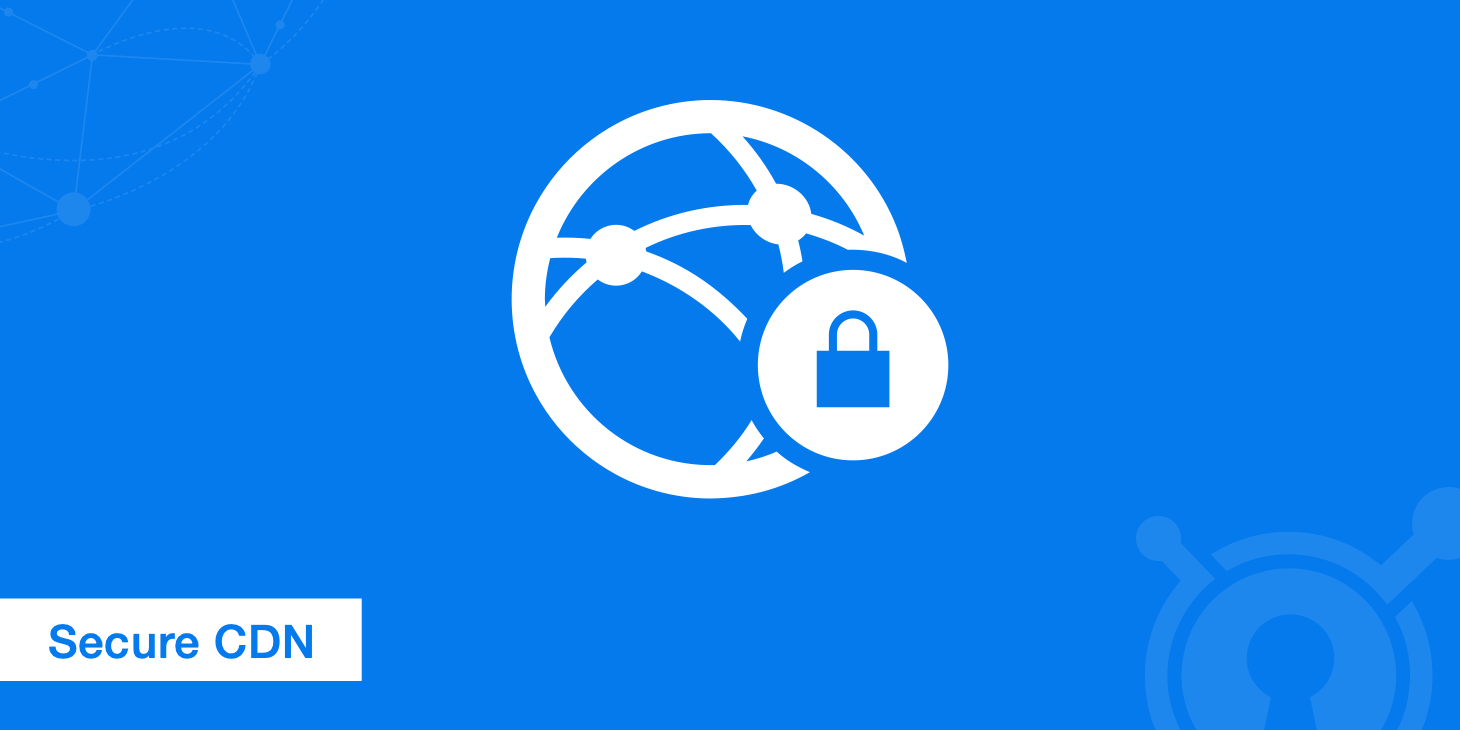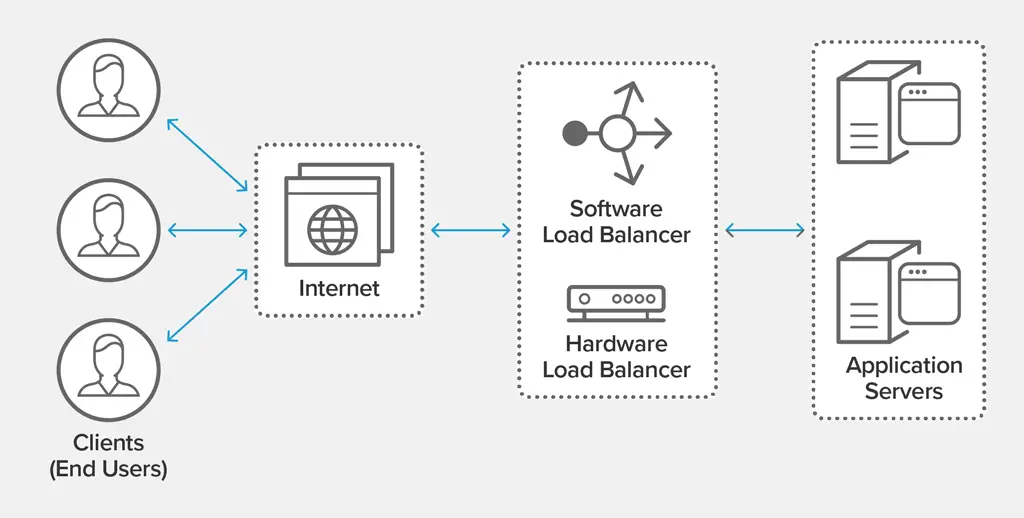Balancing Speed and Security: CDN Configuration Best Practices

Executive Summary

Content delivery networks (CDNs) are crucial for optimizing website performance and security. By effectively configuring your CDN, you can strike the ideal balance between page load speed and protection against online threats. This guide provides comprehensive best practices to help you maximize your CDN’s effectiveness and ensure a seamless user experience.

Introduction
In today’s competitive digital landscape, website speed and security are non-negotiable. CDNs play a pivotal role in achieving these objectives by distributing cached content from multiple servers strategically positioned around the globe. This not only accelerates page loading but also enhances security through distributed denial of service (DDoS) mitigation and other protective measures.
FAQs
1. What is the purpose of a CDN?
CDNs improve website performance by storing and delivering static content, such as images, videos, and scripts, from geographically distributed servers. This reduces latency and ensures faster loading times, particularly for users accessing the website from distant locations.
2. How does a CDN enhance security?
CDNs provide several security benefits, including DDoS mitigation, protection against cross-site scripting (XSS) attacks, and automated threat detection. By dispersing content across multiple servers, CDNs make it more challenging for attackers to target and overwhelm a single server.
3. What is the best CDN for my website?
The optimal CDN for your website depends on your specific requirements, including traffic volume, content type, and geographical distribution of your audience. Consider factors such as pricing, network infrastructure, and the range of security features offered before selecting a provider.
Subtopics
1. Content Caching Strategies
Caching is the cornerstone of CDN performance. Effective caching strategies determine how and when content is stored and served to users.
- Caching Algorithms: Choose appropriate caching algorithms, such as least recently used (LRU) or least frequently used (LFU), to optimize content selection for caching.
- Cache Expiration Headers: Set appropriate cache expiration headers to control how long content remains in the cache. Consider content type and frequency of updates.
- Cache Purging Mechanisms: Implement mechanisms to purge outdated or stale content from the cache, ensuring users receive the most up-to-date information.
2. Network Edge and Server Selection
The location and capacity of CDN servers play a critical role in performance and latency.
- Edge Server Distribution: Choose servers that are geographically dispersed to minimize latency for users in different regions.
- Server Capacity Planning: Determine the required server capacity based on expected traffic volume and peak demand to prevent overloading and ensure optimal performance.
- Network Routing Optimization: Implement network routing techniques, such as anycast and load balancing, to distribute traffic across multiple servers and improve redundancy.
3. Security Considerations
CDNs offer robust security measures to protect websites from online threats.
- DDoS Mitigation: Implement DDoS mitigation tools to prevent malicious attacks aimed at overwhelming servers.
- Web Application Firewall (WAF): Enable a WAF to filter and block malicious requests before they reach the website.
- TLS/SSL Certificates: Ensure that all CDN servers use TLS/SSL certificates to encrypt data transmissions and protect user privacy.
4. Performance Monitoring and Optimization
Regular monitoring and optimization are essential for ensuring optimal CDN performance.
- Performance Metrics Tracking: Monitor key performance metrics, such as page load speed, latency, and uptime, to identify areas for improvement.
- CDN Log Analysis: Analyze CDN logs to identify potential issues, such as cache misses or slow server response times.
- Continuous Improvement: Implement ongoing performance optimization techniques, such as content compression or image optimization, to enhance user experience.
5. Vendor Selection and Management
Choosing the right CDN provider and effectively managing the relationship are crucial for success.
- Vendor Evaluation and Selection: Thoroughly evaluate CDN providers based on their features, network infrastructure, and customer support.
- Service Level Agreements (SLAs): Establish clear SLAs with the CDN provider to ensure agreed-upon performance levels.
- Ongoing Communication and Collaboration: Maintain open communication with the CDN provider to resolve issues promptly and optimize performance.
Conclusion
By implementing these best practices, you can effectively balance speed and security in your CDN configuration. Optimizing content caching, network architecture, security measures, performance monitoring, and vendor management ensures that your website delivers a seamless and secure user experience, ultimately driving conversions and enhancing customer satisfaction.
Keyword Tags
- Content Delivery Network (CDN)
- Website Performance Optimization
- Online Security
- DDoS Mitigation
- CDN Configuration Best Practices
